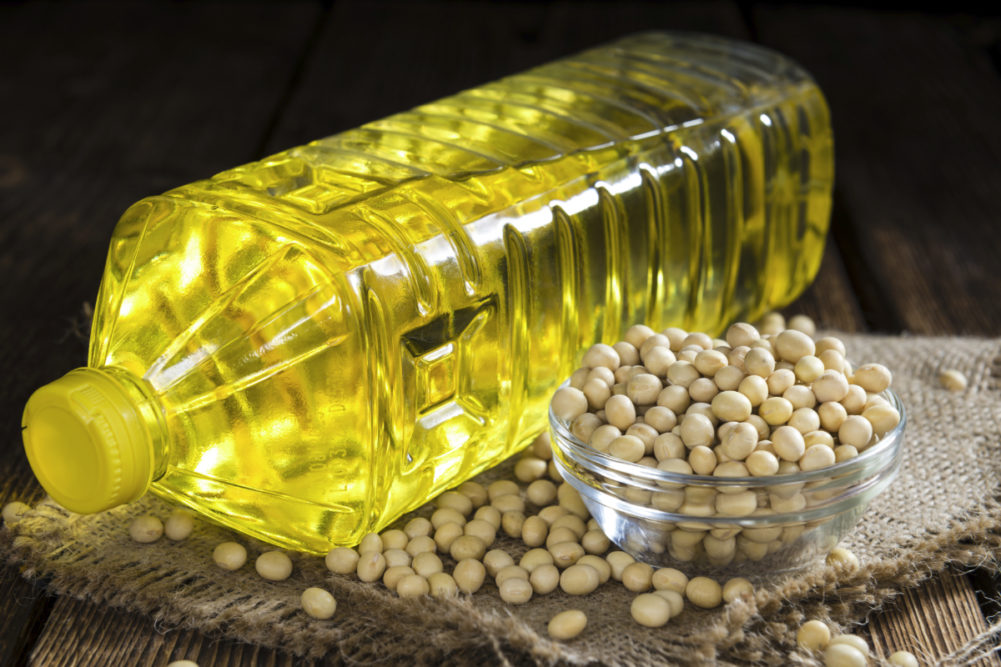TOKYO, JAPAN — As the economy recovers from COVID-19 measures, demand for soybean oil in Japan is spiking with less people cooking at home, according to a report from the Foreign Agricultural Service of the US Department of Agriculture (USDA).
Japan’s oilseed consumption primarily is driven by vegetable oil domestic consumption since most oilseeds are used by oil crushers. The change in oil consumption because of the pandemic has affected oilseed consumption since 2020-21, the USDA said.
Crushers adjust the production of soybean oil, canola oil and palm oil based on demand and the costs of procurement. Demand for rapeseed oil greatly increased during the pandemic as at-home food consumption replaced food consumption at restaurants, hotels and institutions. Soybean oil demand declined.
But since the end of 2020-21, crush margins for soybeans have significantly improved relative to margins for rapeseed, which was caused by tight supply of canola seeds from Canada. In addition, crushers believe the oil content in the canola crop is quite low, the USDA said.
Beginning with 2021-22, Japanese crushers increased the soybean crush relative to rapeseed.
Japanese millers crushed 2,363,838 tonnes of soybeans and 2,356,866 tonnes of rapeseed in 2020-21. With better crush margins in 2021-22, the USDA estimates that Japanese crushers will use 2.54 million tonnes of soybeans, a 7.4% increase from 2020-21.
Due to poor seed quality and low crush margins, rapeseed crush will be 2.2 million tonnes, a drop of 6.7%.
“This trend likely reflects a new post-COVID normality, in which many people resume eating out again,” the USDA said. “With rising prices softening consumption, in 2022-23, FAS/Tokyo forecasts crush use of soybeans will drop to 2.45 million tonnes; of rapeseed, to 2.17 million tonnes.”





